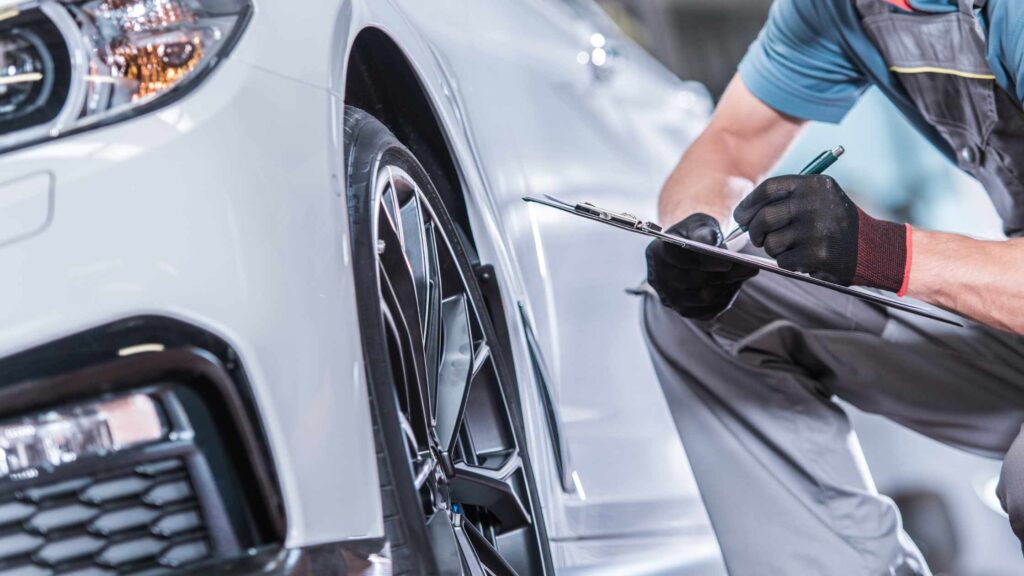Introduction
In the world of car modifications, striking the perfect balance between aesthetics and functionality is often a challenge. While many enthusiasts prioritize the visual appeal of their vehicles, it’s important not to overlook the functional aspects that can enhance performance and safety. Finding the right balance between these two elements is crucial in creating the ultimate modified car.
The Appeal of Aesthetics
Let’s begin by acknowledging the undeniable allure of aesthetics in car modifications. Enhancing the visual appearance of a vehicle can be a fantastic way to showcase individual style and personality. Body kits, custom paint jobs, and aftermarket rims are just a few examples of aesthetic modifications that can transform a car’s look. These modifications allow car owners to stand out and make a statement on the road.
The Importance of Functionality
While aesthetics may initially capture our attention, the functionality of a modified car should never be overlooked. Functional modifications can significantly improve a vehicle’s performance, handling, and safety. Upgrading suspension systems, installing high-performance brakes, and adding aerodynamic enhancements are all functional modifications that can optimize a car’s abilities. These modifications can enhance both the driver’s experience and the overall safety of the vehicle.
Striking the Balance
To achieve the best of both worlds, it is crucial to find a balance between aesthetics and functionality when modifying a car. Consider the following factors to help strike that perfect balance:
1. Purpose
Before making any modifications, it’s important to identify the purpose of your car. Are you seeking a better performance on the racetrack, or are you looking to add some personal flair to your daily commute? Understanding the purpose will guide you in prioritizing either aesthetics or functionality.
2. Budget
Your budget will also play a significant role in deciding which modifications to prioritize. While high-end performance upgrades can be thrilling, they often come with a hefty price tag. Allocating funds effectively between aesthetics and functionality is essential to ensure you don’t overspend on unnecessary modifications.
3. Compatibility
Consider the compatibility of different modifications with your car’s make and model. Some modifications may look great but may hinder the vehicle’s overall performance or safety. Research thoroughly and consult with professionals to find modifications that are compatible with your specific vehicle.
4. Safety
Always keep safety as a top priority when modifying your car. While aesthetic modifications may be visually appealing, they should never compromise safety features or hinder the vehicle’s handling. Ensuring that your car remains safe and reliable is essential for both you and other road users.
The Ultimate Modified Car
Creating the ultimate modified car involves striking the perfect balance between aesthetics and functionality. By prioritizing both elements, you can elevate your car’s appearance while enhancing its performance and safety. The key is to carefully select modifications that align with your goals, budget, and vehicle’s capabilities. Remember, a visually appealing car that lacks functionality may disappoint, just as a high-performing car with a lackluster appearance can fail to make an impression.
Summary
In the world of car modifications, finding the balance between aesthetics and functionality is crucial. While it’s natural to be drawn to visually pleasing changes, functional modifications play a vital role in improving performance and safety. By considering factors such as purpose, budget, compatibility, and safety, car enthusiasts can create the ultimate modified car that integrates both aesthetics and functionality seamlessly. Striking this balance ensures a visually appealing vehicle that performs at its best.







